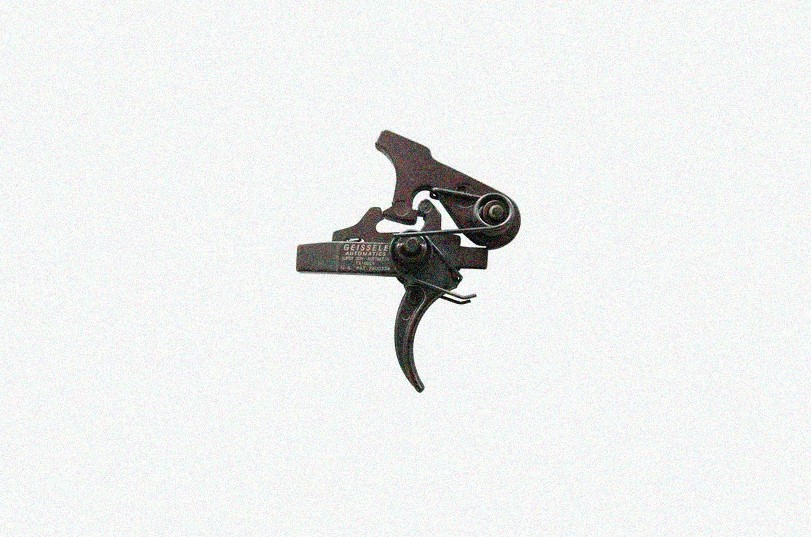There are a few different ways that you can install an AR-15 trigger. For the most part, installation is pretty simple and doesn’t require any advanced tools or knowledge. However, it’s always best to consult with a gunsmith if you’re not entirely sure how to proceed.
Here are the basic steps for installing an AR-15 trigger:
- Remove the old trigger from the weapon. This can usually be done by unscrewing a couple of screws.
- Install the new trigger in its place. Make sure that it is properly aligned and secured before proceeding.
- Reattach the weapon’s parts and test fire it to make sure that everything is working correctly.
As we mentioned, if you’re not entirely sure how to install an AR-15 trigger, it’s always best to consult with a gunsmith. They will be able to help you through the process and ensure that everything is installed correctly. Thanks for your question!
You can take a look at this example:
There are many different ways to install an AR-15 trigger, and the process can vary depending on the specific trigger that you are using.
However, in general, the process typically involves removing several small screws from the gun’s housing to gain access to the internal mechanisms.
Once inside, you will need to remove the old trigger and replace it with the new one.
Carefully follow the instructions that came with your specific trigger to ensure a proper installation.
And be sure to test your work before firing your weapon by pulling the trigger gently a few times.
If everything feels okay, then you’re ready to take your rifle out for a spin!
You can take a look at the installation in the video:
AR-15 triggers can be installed in a few minutes with the right tools. All you need is a hammer, screwdriver, and Allen wrench. Here’s a step-by-step guide:
- Remove the old trigger by unscrewing the screws that hold it in place.
- Insert the new trigger and screw it into place.
- Use the Allen wrench to tighten the screws.
- Test the trigger by pulling it back to see if it fires properly.
The most common way is to use a trigger punch or puller. This tool helps to remove the old trigger and pins from the lower receiver.
The next step is to insert the new trigger into the lower receiver. Make sure that it is in the correct position before you start to pin it in place. You will need to use a hammer and brass punch to secure it in place. Avoid using a steel punch because it can cause damage to the new trigger.
The final step is to reattach the pins and test out your new trigger. Make sure that it feels comfortable and functions properly before you take your rifle out for a test run.
If you are not comfortable doing this installation yourself, you can always take it to a qualified gunsmith. They will be able to install it for you and make sure that everything is working correctly.
You can either do it yourself with the help of a few simple tools, or you can take it to a gunsmith for assistance. Here is a brief overview of how to install an AR-15 trigger yourself:
- Make sure that your rifle is unloaded and clear before beginning any work.
- Use a screwdriver or Allen wrench to remove the grip from the lower receiver.
- Remove the pin holding the trigger in place and take out the old trigger.
- Install the new trigger in reverse order, making sure to replace the pin securely. Be sure to test your rifle before using it again to ensure that the trigger is working properly.
It depends on the trigger. Some triggers are installed using a retaining pin and some are not. Consult your owner’s manual or contact the manufacturer of the trigger for installation instructions.
Generally, you will need to remove the stock, upper receiver, barrel, and bolt carrier group from the rifle. Once these parts are removed, you will be able to see the trigger assembly and can proceed with installation.
Again, consult your owner’s manual or contact the manufacturer for specific instructions.

